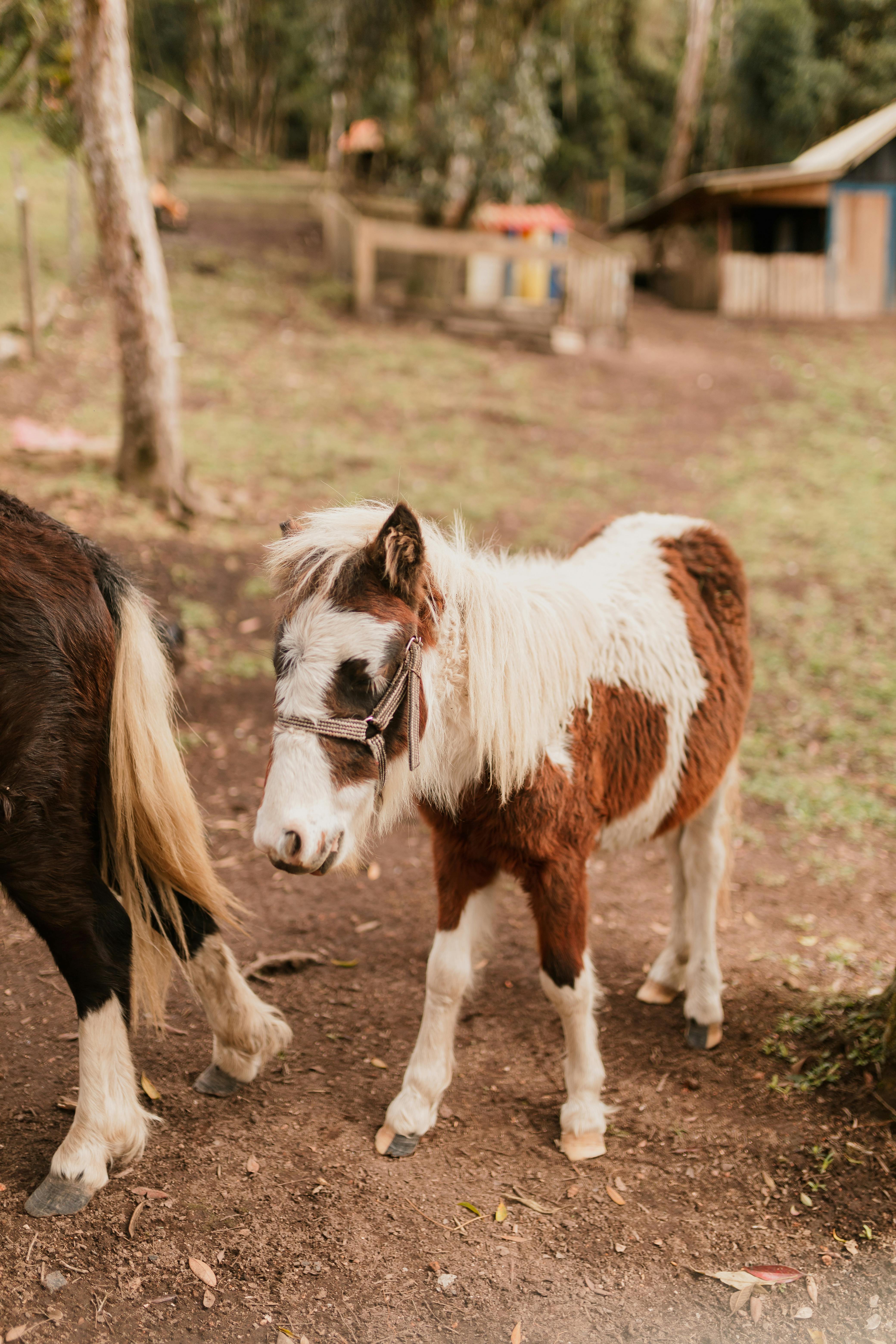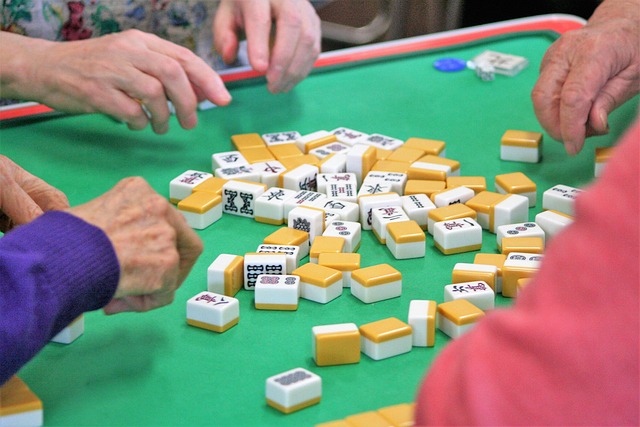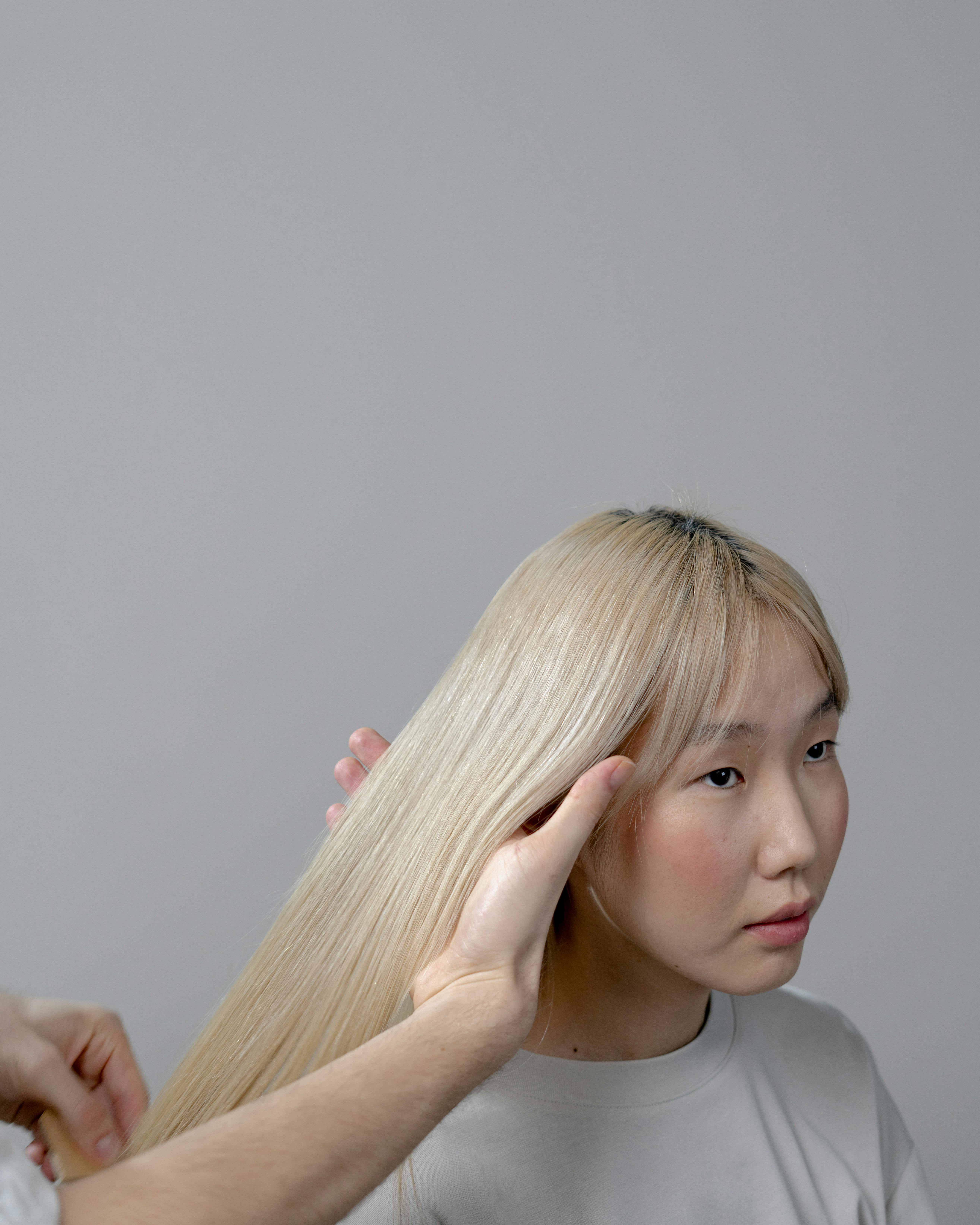Understanding the World of Miniature Horses: From History to Modern-day Significance
Miniature horses, with their fascinating history and enduring appeal, have captured the hearts of animal lovers worldwide. Originating in Europe in the 17th century, they were initially bred for their small size which made them ideal for working in coal mines. These small yet robust animals were used to haul heavy loads in narrow, cramped underground spaces.

Miniature Horses in the Modern Era: From Coal Mines to Companions
In today’s world, miniature horses have transitioned from their original roles in coal mines to much more affectionate functions. They are now often kept as pets and show animals, treasured for their adorable size, friendly nature, and surprisingly long lifespan. They can live up to 35 years, providing their owners with a sustained companionship that few other pets can match.
A Trend on the Rise: Miniature Horses as Therapy Animals
A recent trend that has gained significant traction is the use of miniature horses for therapeutic purposes. Therapy horses provide emotional support and companionship to individuals dealing with a wide range of mental and physical health issues. Their small size makes them less intimidating and easier to manage than full-sized horses, making them ideal for this role.
The Economic Impact: Miniature Horses and Their Market Value
Miniature horses, despite their small stature, carry a significant price tag. The cost of a miniature horse can vary greatly depending on factors such as pedigree, age, size, and training. Prices can range anywhere from $1,000 for a less desirable specimen to over $50,000 for a top-quality, well-bred miniature horse. This not only reflects their growing popularity but also their significant impact on the pet and animal market.
The Future of Miniature Horses: Conservation and Breeding Efforts
The future of miniature horses lies in the hands of dedicated breeders and conservationists. There are currently several organizations dedicated to preserving the purity and health of the miniature horse breed, such as the American Miniature Horse Association. These groups are committed to ensuring that miniature horses continue to thrive in the future.
In conclusion, miniature horses have a rich history and a promising future. From their origins in the coal mines of Europe to their current roles as pets, show animals, and therapy animals, they have proven to be versatile and enduring. Their high market value reflects their growing appeal, while the ongoing efforts of breeders and conservationists ensure their continued existence. As we continue to learn about and appreciate these charming creatures, it is clear that they hold a special place in our world and our hearts.




